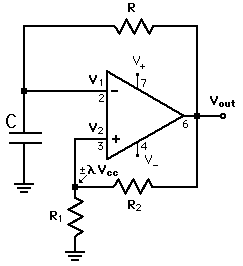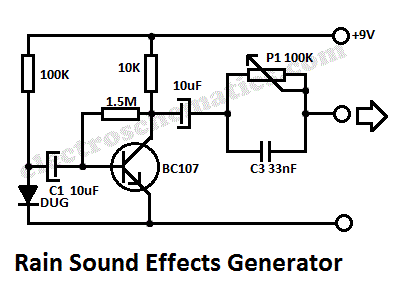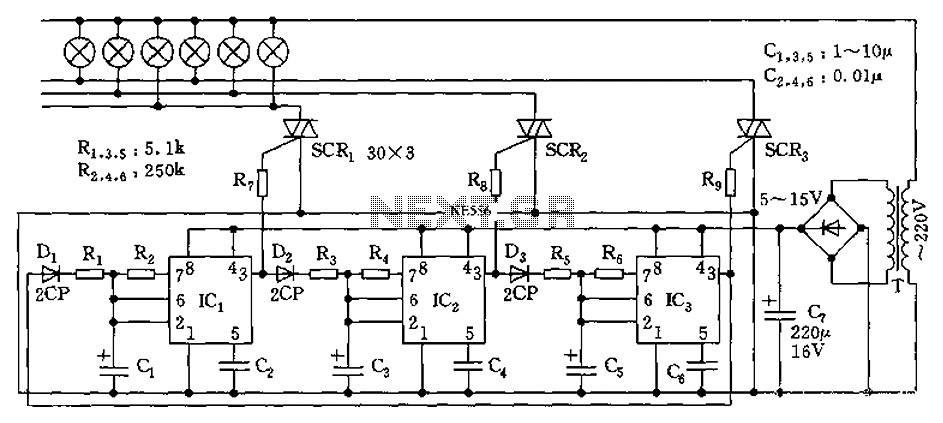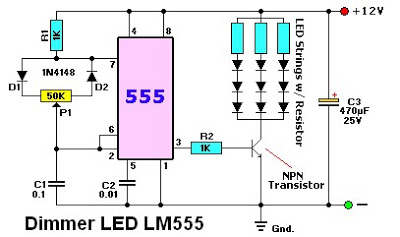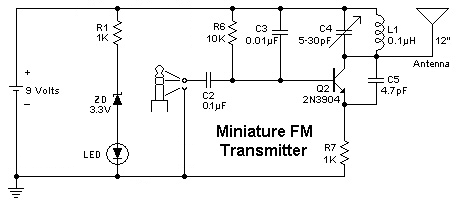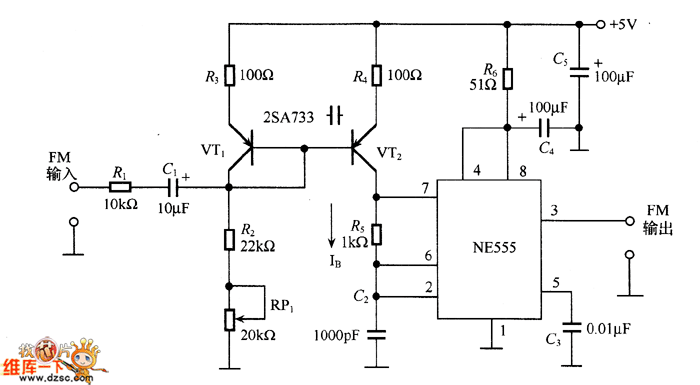
Intermittent ozone generator circuit diagram using NE555

Adjust the RP1 to modify the pulse duty cycle of IC2, which in turn alters the pulse oscillation time of IC3. This regulation allows for the control of ozone generation time, effectively changing the concentration of ozone in the air.
The circuit utilizes an adjustable resistor, RP1, to fine-tune the pulse duty cycle generated by integrated circuit IC2. This pulse duty cycle is critical as it directly influences the output pulse oscillation time of another integrated circuit, IC3. The oscillation time is a key factor in determining how long the ozone generator operates, which in turn affects the concentration of ozone produced in the air.
In practical terms, the adjustment of RP1 modifies the on-off duration of the pulses emitted by IC2. A higher duty cycle results in a longer 'on' time, increasing the operating time of the ozone generator, which leads to a higher concentration of ozone. Conversely, a lower duty cycle reduces the operating time, thus decreasing the ozone concentration.
This configuration is particularly useful in applications where precise control of ozone levels is necessary, such as in air purification systems or industrial processes that require specific ozone concentrations for optimal performance. The ability to adjust the duty cycle allows for flexibility in response to varying environmental conditions or specific operational requirements.
In summary, the circuit's design effectively enables the user to manipulate ozone generation through careful adjustment of the pulse duty cycle, ensuring that the desired air quality standards can be met consistently.Adjust the RP1, adjustable the IC2 pulse duty cycle to change IC3 pulse oscillation time, to regulate the the ozone generation time, thus achieving the purpose of changing the concentration of ozone in the air. 🔗 External reference
The circuit utilizes an adjustable resistor, RP1, to fine-tune the pulse duty cycle generated by integrated circuit IC2. This pulse duty cycle is critical as it directly influences the output pulse oscillation time of another integrated circuit, IC3. The oscillation time is a key factor in determining how long the ozone generator operates, which in turn affects the concentration of ozone produced in the air.
In practical terms, the adjustment of RP1 modifies the on-off duration of the pulses emitted by IC2. A higher duty cycle results in a longer 'on' time, increasing the operating time of the ozone generator, which leads to a higher concentration of ozone. Conversely, a lower duty cycle reduces the operating time, thus decreasing the ozone concentration.
This configuration is particularly useful in applications where precise control of ozone levels is necessary, such as in air purification systems or industrial processes that require specific ozone concentrations for optimal performance. The ability to adjust the duty cycle allows for flexibility in response to varying environmental conditions or specific operational requirements.
In summary, the circuit's design effectively enables the user to manipulate ozone generation through careful adjustment of the pulse duty cycle, ensuring that the desired air quality standards can be met consistently.Adjust the RP1, adjustable the IC2 pulse duty cycle to change IC3 pulse oscillation time, to regulate the the ozone generation time, thus achieving the purpose of changing the concentration of ozone in the air. 🔗 External reference
Warning: include(partials/cookie-banner.php): Failed to open stream: Permission denied in /var/www/html/nextgr/view-circuit.php on line 713
Warning: include(): Failed opening 'partials/cookie-banner.php' for inclusion (include_path='.:/usr/share/php') in /var/www/html/nextgr/view-circuit.php on line 713
